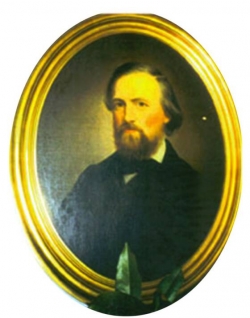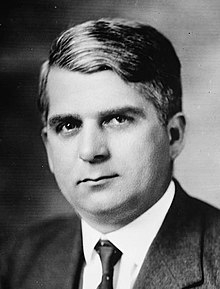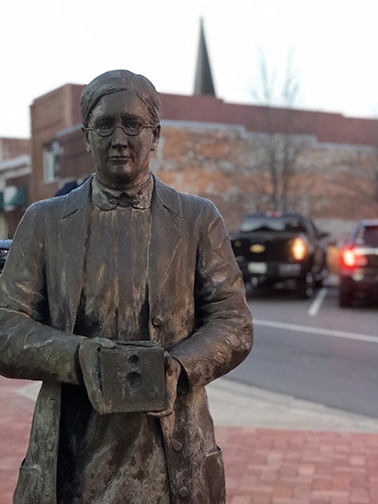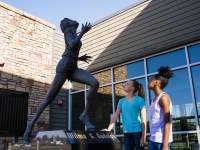Clarksville Connections
Clarksville Connections is an ongoing project to share the stories of historically significant people who have a Clarksville connection. We invite your input. Please email your information and ideas to michelle@visitclarksvilletn.com.
Business
 Asahel Huntington (A.H.) Patch
Asahel Huntington (A.H.) Patch
Inventor
1825-1909
A.H. Patch moved to Clarksville in 1875 at age 50 to purchase a plow company. As a conservative Yankee outsider, he struggled for 10 years to earn trust. After going broke, he carved a wooden model of a corn sheller he had dreamed of as a child. Cast in iron, it because immediately popular and sold worldwide.
 Brenda Vineyard Runyon
Brenda Vineyard Runyon
Founder and Director of First Woman's Bank
1868-1929
Active in the Clarksville community throughout the early twentieth century, Brenda Runyon was the first woman to serve on the Clarksville-Montgomery County Board of Education. Her efforts during World War I helped to establish Clarksville’s first local Red Cross chapter. Her most significant achievement, though, is her role in the creation and operation of the First Woman’s Bank of Tennessee, which opened its doors on October 6,1919.
 Clarence Saunders
Clarence Saunders
Piggly Wiggly Founder
1881-1953
Clarence Saunders didn’t invent supermarkets. He did, however, make them into what they are today. Born 1881 in Virginia, he moved to Palmyra, Tennessee, working as a clerk in a Clarksville wholesale grocery house at 14. His experience gave him some ideas and he tested his theory in 1916 in Memphis, Tennessee, when he opened the first Piggly Wiggly, revolutionizing the consumer shopping experience.
 Leonora Witzel
Leonora Witzel
Photographer
1875-1961
Nora Witzel was fascinated by cameras and took Kodak shots of people and places in and around Clarksville. A Christmas gift to her mother in 1905 was an album of her photographs, including the family home, flower gardens, and one of the many pet dogs she would love in her lifetime. Nora documented the people and places of postwar Clarksville. She photographed the usual bridges and birthday portraits, but also continued her fascination with outdoor photography. She climbed railroad trestles for unusual views of the Cumberland, and she began to experiment with light and tinting and other techniques of the American Pictorialists, a group of photographers who consciously separated themselves to become "artists."








